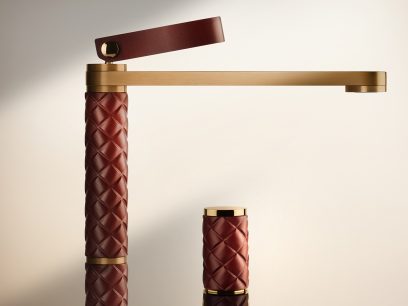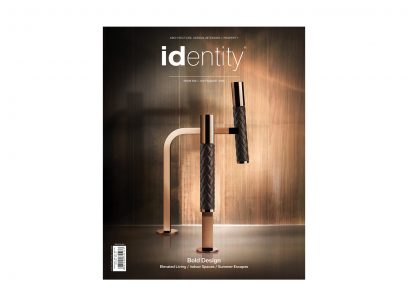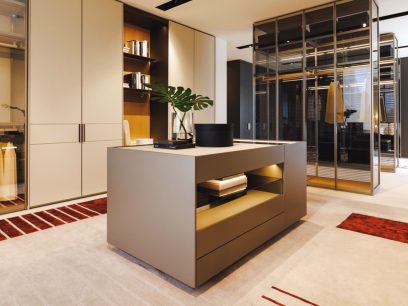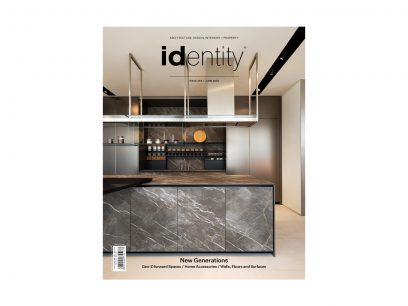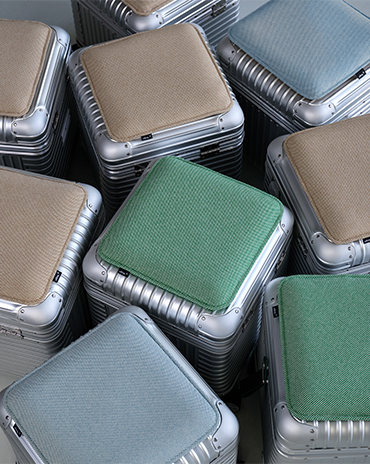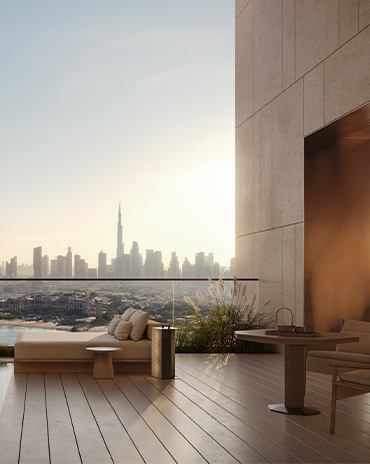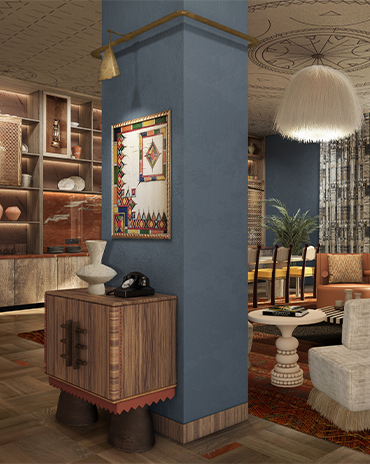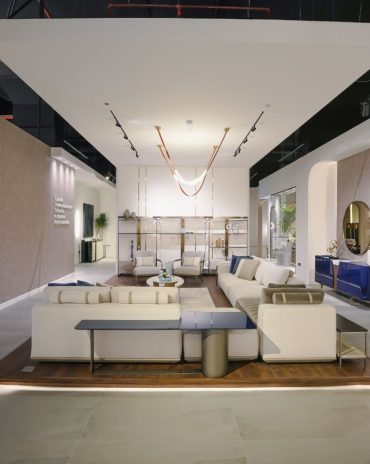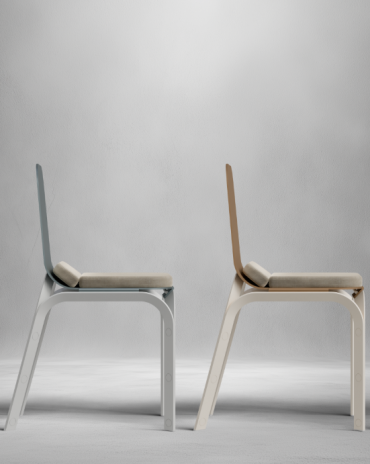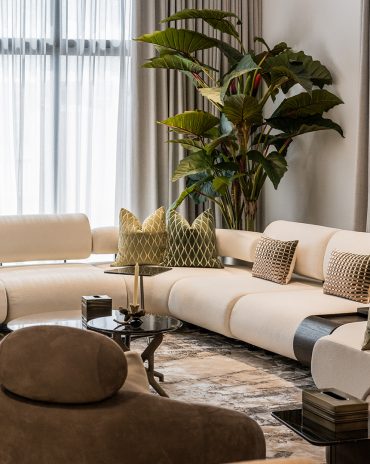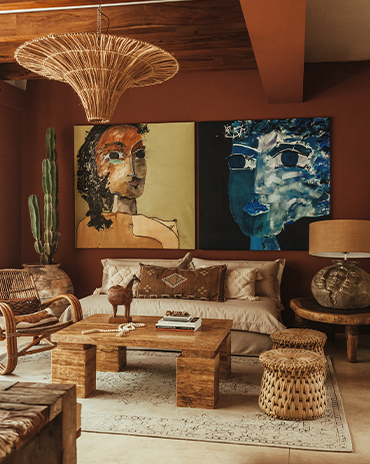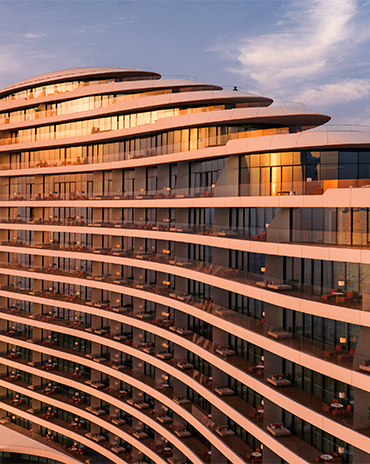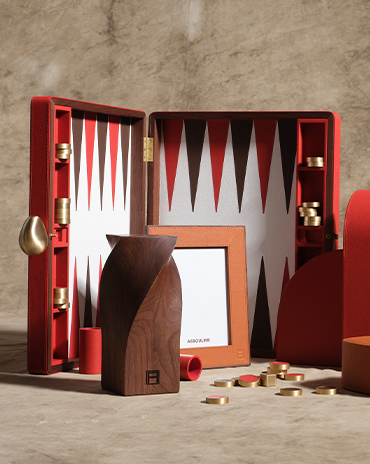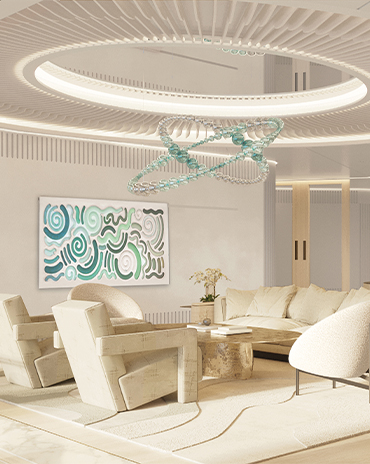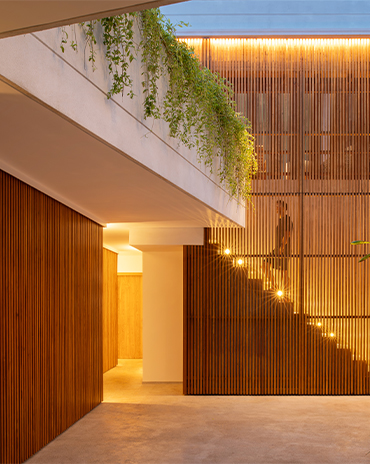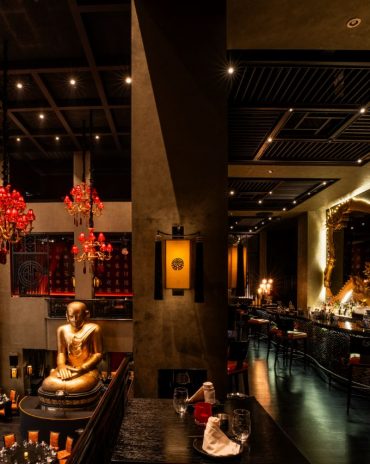Copyright © 2025 Motivate Media Group. All rights reserved.
For the love of the Land Rover
The automotive brand celebrates almost seven decades of its success and ingenuity.
In 1947, Rover found itself in a difficult position. Its original factory had been severely damaged by bombs in World War II, the luxury cars it was previously known for producing were not in demand, and raw materials were strictly rationed.
To restart car production and to secure materials, the company needed a new product that would bring in cash and export orders. Maurice Wilks, Rover’s chief designer, drew up a plan to make a car that, like his own army-surplus Jeep, could be used in almost all terrains – but with farmers and utility companies as target customers.
The new model was intended to be in production for just two or three years – but when Rover began car production it found those models were outsold by the Land Rover.
‘Fit for purpose’ is a phrase that describes the original Land Rover perfectly, though many of its features were dictated by the economic realities of the time.
Lightweight and resistant to corrosion, the aluminium alloy bodywork was chosen because of steel shortages. The distinctive, simple shape allowed panels to be formed by hand – reducing tooling costs – and the chassis was designed to make welding operations less complex.
In April 1948 the Land Rover was launched at the Amsterdam Motor Show, and it immediately proved popular. Though equipped with a four wheel-drive system, the vehicle was very basic, with even a roof or tops for the doors costing extra.
Soon, more versions were offered, and over the years buyers have been able to choose from station wagons with seating for up to 12 people, pickups, military models and a raft of engine options. The Land Rover’s appearance has also evolved gently over time: a slightly softer ‘waist’ was introduced, the headlights have moved from the radiator grille to the wings; but a Land Rover has always been instantly recognisable as a Land Rover.
The car only got a proper model name, Defender, in 1990 – after more than four decades in production! – when the arrival of the ‘lifestyle’-orientated Discovery made range differentiation necessary.
In January 2016, after 67 years of continuous production, the last Defender left the factory. Like the Jeep before it, the Land Rover became synonymous with an entire genre of vehicle and resulted in a new brand that continues to draw on the heritage of the original.
The Latest
Designing Movement
RIMOWA’s signature grooved aluminium meets Vitra’s refined design sensibilities
A Sense of Sanctuary
We interview Tanuj Goenka, Director of Kerry Hill Architects (KHA) on the development of the latest Aman Residences in Dubai
Elevated Design
In the heart of Saudi Arabia’s Aseer region, DLR Group has redefined hospitality through bold architecture, regional resonance and a contemporary lens on culture at Hilton The Point
Turkish furniture house BYKEPI opens its first flagship in Dubai
Located in the Art of Living, the new BYKEPI store adds to the brand's international expansion.
Yla launches Audace – where metal transforms into sculptural elegance
The UAE-based luxury furniture atelier reimagines the role of metal in interior design through its inaugural collection.
Step inside Al Huzaifa Design Studio’s latest project
The studio has announced the completion of a bespoke holiday villa project in Fujairah.
Soulful Sanctuary
We take you inside a British design duo’s Tulum vacation home
A Sculptural Ode to the Sea
Designed by Killa Design, this bold architectural statement captures the spirit of superyachts and sustainability, and the evolution of Dubai’s coastline
Elevate Your Reading Space
Assouline’s new objects and home fragrances collection are an ideal complement to your reading rituals
All Aboard
What it will be like aboard the world’s largest residential yacht, the ULYSSIA?
Inside The Charleston
A tribute to Galle Fort’s complex heritage, The Charleston blends Art Deco elegance with Sri Lankan artistry and Bawa-infused modernism
Design Take: Buddha Bar
We unveil the story behind the iconic design of the much-loved Buddha Bar in Grosvenor House.

